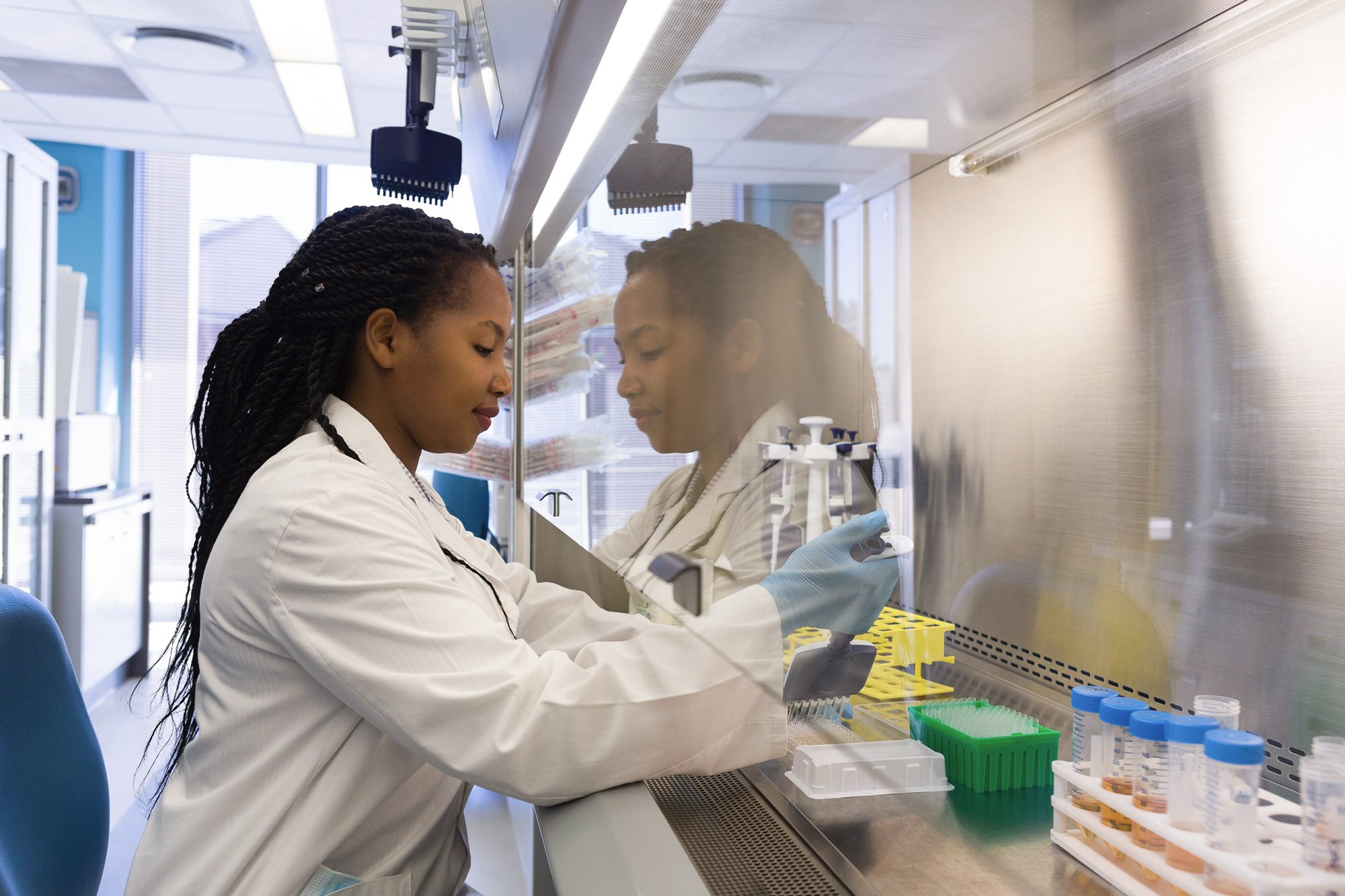Co-cultured support cells for cultivated meat
Cultivated meat research focuses primarily on muscle fibers and fat cells. However, other cell types serve functions that are often under appreciated in their relevance to cultivated meat. Co-culture methods with various support cells could solve a variety of challenges on the road to developing affordable, high-quality cultivated meat.
-
Cultivated
- Research
- Commercial
- Production
- R&D
- Raw Materials, Ingredients, & Inputs
- Cell line development
- Bioprocess design
- Cell culture media
- Industry
- Academics
- Startups
Current challenge
Skeletal muscle is composed of approximately 90% muscle fibers, along with adipose, connective, nervous, and vascular tissue (Listrat et al. 2016). In addition, muscle tissue within an animal does not exist in isolation. For example, organs such as the liver process waste products and synthesize growth factors and other beneficial compounds. Therefore, growing skeletal muscle and fat tissue in isolation may be an inappropriate oversimplification of the process of muscle tissue growth in vitro. Some of the challenges associated with cultivated meat production may arise from the lack of support cells from the growth environment. For example, as cells consume nutrients, lactic acid accumulates until the media becomes too acidic for efficient nutrient uptake. The current solution is to periodically replace the media, which adds considerable cost because this discarded media may still contain nutrients that could be used by the cells. In the context of a whole organism, by contrast, these toxic metabolites would be filtered out by specialized support cells in the liver or kidney. These specialized tissue types are also responsible for unique metabolic synthesis activities, such as the role of the liver in certain steps of fatty acid synthesis to produce the appropriate biomolecules for uptake into muscle and fat cells. Another example is the creation of a realistic tissue matrix, much of which is constructed by cells like fibroblasts rather than muscle or fat cells in vivo. Achieving optimal texture in structured products will also require further innovation in both methods for myogenic differentiation and maturation as well as replication of the extracellular matrix (ECM). Additionally, scaling cultivated meat will require reliable and cost-effective methods for preventing contamination. This is currently achieved using expensive closed-containment bioprocess design, whereas in vivo contamination control is achieved through both physical barriers and support cells comprising the immune system.
Proposed solution
Each of the roles that support cells play in growing and maintaining muscle tissue in vivo may lend itself to replication in vivo via co-culturing with the necessary support cells. For example, with respect to waste metabolite breakdown, the Cori cycle is the body’s way of regulating the production of lactate from glucose and vice-versa. Co-culturing hepatocytes and muscle tissue could induce the Cori cycle to remove lactic acid and maintain an optimal pH at a reduced cost. Hepatocytes have also been known to play a role in fatty acid synthesis and to secrete beneficial growth factors, which could have implications for enabling serum-free culture media. Co-culturing bovine satellite cells together with smooth muscle cells improved their differentiation and increased the extent of ECM deposition, with or without the addition of endothelial cells. Similar results were seen regarding the ability of fibroblasts and myofibroblasts to promote differentiation of myoblasts. Co-culture with immune cells could ease some of the burden associated with potential contamination during the cultivation process. Because such cell types are found at low levels in muscle tissue, they could remain in the final product without posing safety or regulatory challenges.
Anticipated impact
Co-culture strategies have the potential to improve the cost, nutrition, and organoleptic properties of cultivated meat. Cost and scale are massive challenges that could be addressed by the use of hepatocytes or immune cells. Fibroblasts, myofibroblasts, or smooth muscle cells could decrease costs in the differentiation phase and improve texture. Startups may find it difficult to justify the costs of research into untested but potentially promising general strategies. Such research within the for-profit sector would likely lead to duplication of effort, so these early-stage, precompetitive explorations may lend themselves better to the academic model. Cultivated meat companies have opportunities to meaningfully differentiate themselves by developing novel combinations of cell types, co-culture configurations, and innovative ways of integrating co-cultures with other components of the bioprocess (e.g. media recycling).
Related efforts
Co-culture with endothelial cells has been shown to enhance liver-specific functions of cultured hepatocytes. | Hepatocyte/muscle co-culture systems could simultaneously produce meat and foie gras. Integriculture, Gourmey, and Peace of Meat are pursuing cultivated foie gras. | Integriculture’s CulNet system is a co-culture system that allows the small number of support cells (e.g. liver or immune cells) to be trivially removed from the final product. | Listrat et al. 2016
Additional resources:
GFI resources

Research funding database
GFI’s research funding database provides curated grant opportunities for open-access alternative protein research.

Find collaborators
Join the GFIdeas global community of 2,000+ entrepreneurs, scientists, investors, and subject matter experts. Discuss projects on the members-only Slack community, attend monthly seminars, and use the community directory to help you find collaborators working on similar Solutions!
Related solutions
-
Cultivated
-
Fermentation
Growth factors from conditioned cell culture media
Rather than relying on recombinant growth factors, cultivated meat companies could use conditioned media from animal cells producing high levels of these molecules.
-
Cultivated
Incorporating omega-3s into cultivated seafood
Cultivated seafood will need to be supplemented with long-chain omega-3 polyunsaturated fatty acids to be nutritionally equivalent or superior to conventional seafood. However, how these compounds can best be incorporated…

Explore the full solutions database
Browse 100+ startup ideas, commercial opportunities, research projects, and investment priorities throughout the alternative protein supply chain.
Get involved
If you’d like to fund a research project, work on any of these solutions, share information about related efforts that are already underway, or elevate new ideas for advancing the alternative protein industry, we’d love to hear from you!
